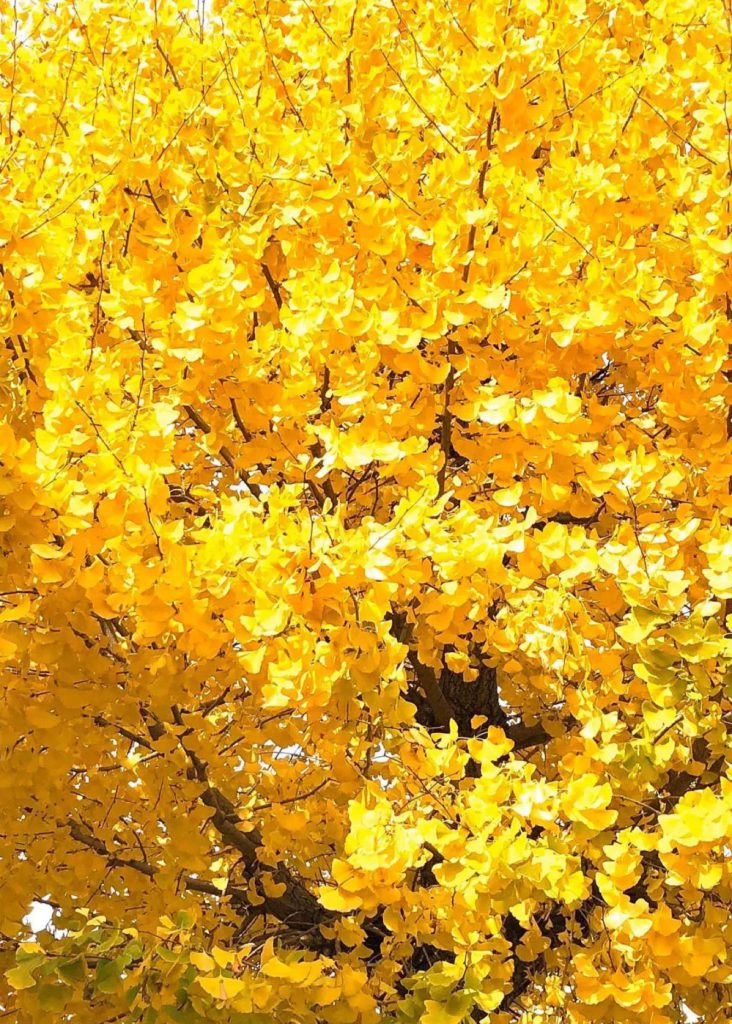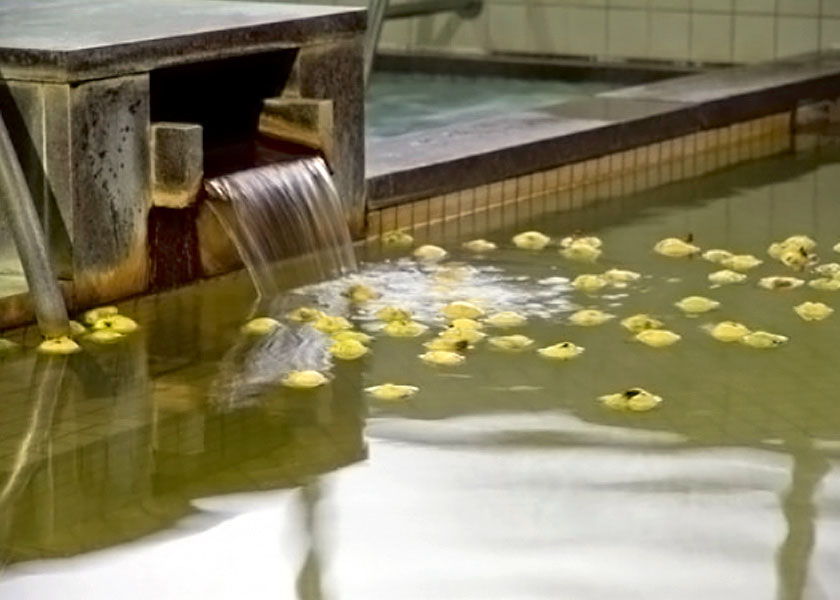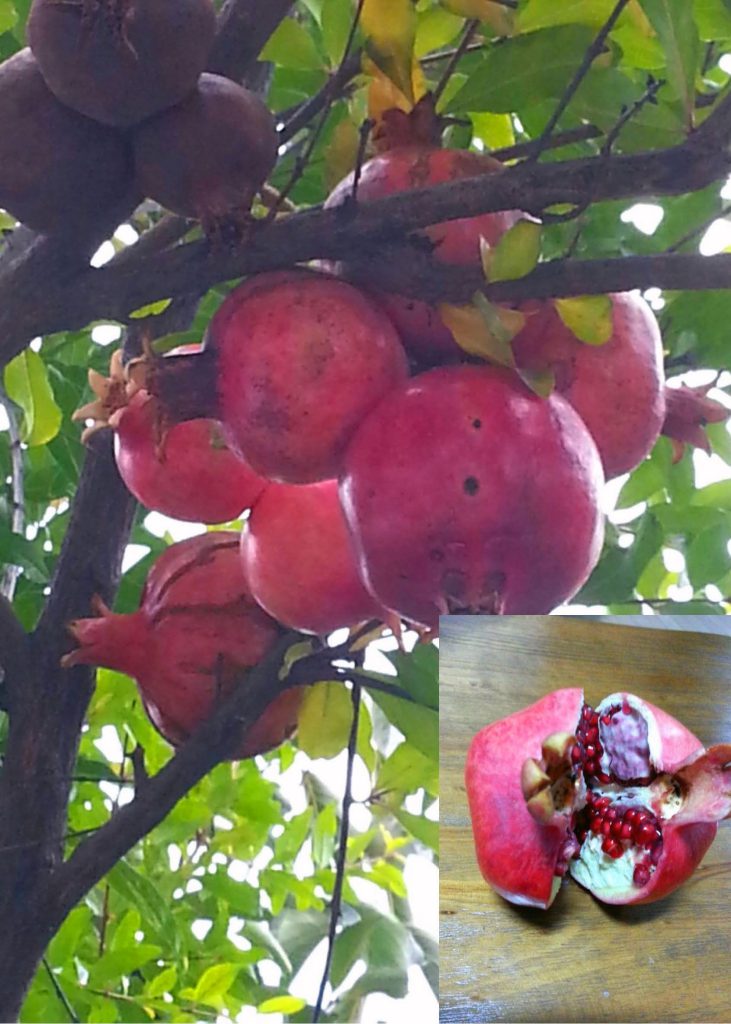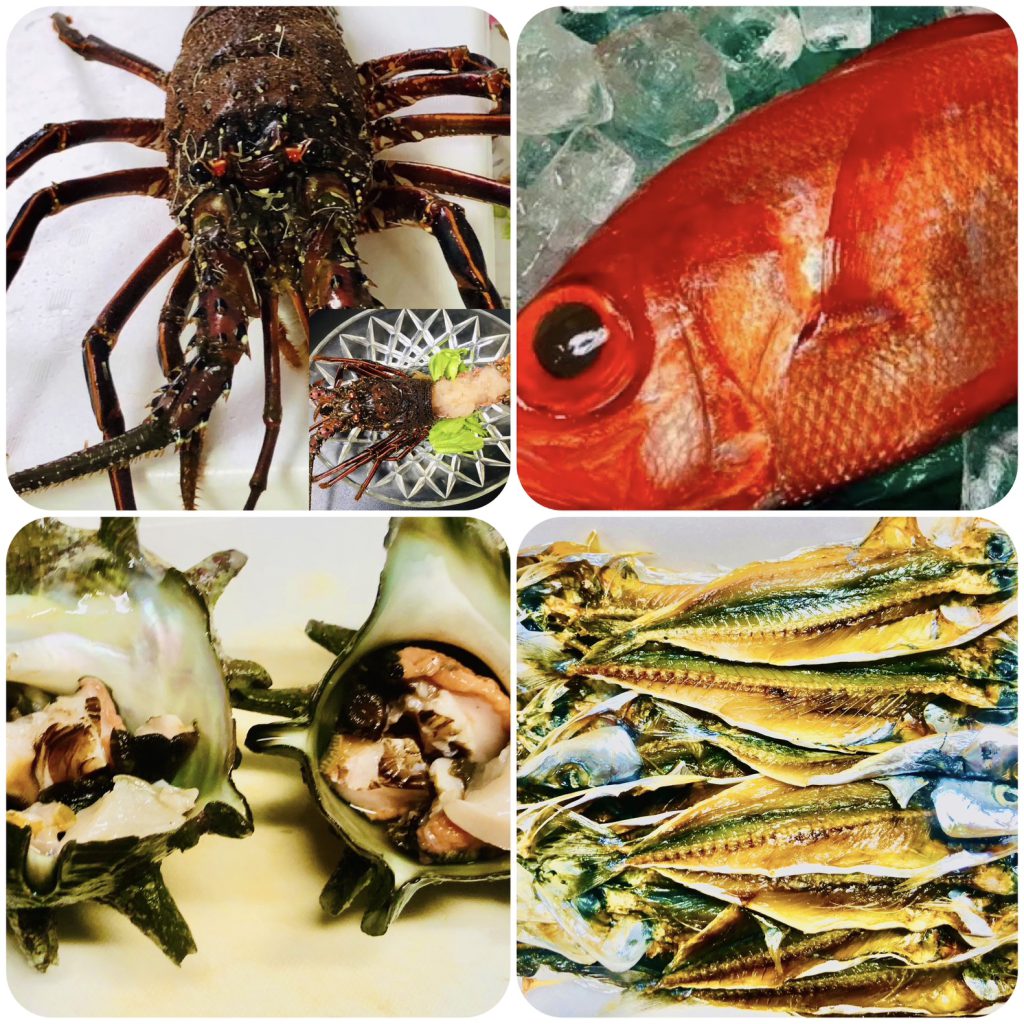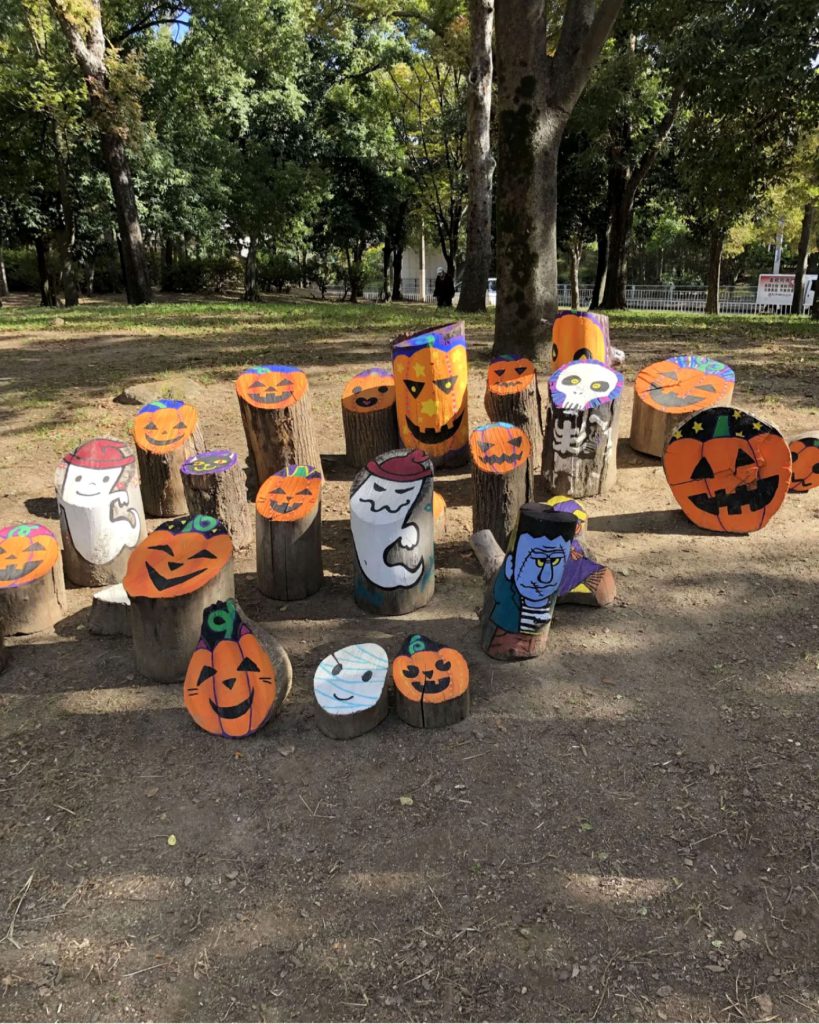
The day before yesterday, there was a crush accident that killed more than 150 people in the downtown area of Seoul, South Korea, which was crowded with Halloween. Halloween can be traced back to the harvest festivals of the Celts who lived in ancient Ireland. The Harvest Festival is a festival that celebrates the autumn harvest on October 31st and has the meaning of driving out demons. The Celtic year runs from November 1st to October 31st, with Halloween on October 31st being New Year’s Eve. This harvest festival was eventually incorporated into Christianity, and October 31st is the day before Christian Saints’ Day (official name: All-Hallow), so the name “halloween” is said to be the origin of Halloween. When this custom eventually spread to America along with Christianity, it turned into a non-religious festival. The famous Jack-O-Lantern was originally made by hollowing out a kind of turnip rutabaga to hold a candle, but in the United States where there is no rutabaga, a yellow pumpkin is used, and it is a representative, so to speak, symbol of Halloween, and the image of “pumpkin lanterns” took hold.
一昨日は韓国ソウル市のハロウィンで賑わう繁華街で150人を越す死者を出す雑踏事故がありました。ハロウィンは元を辿れば、古代アイルランドに住んでいたケルト人の収穫祭が起源とされています。収穫祭とは、10月31日に文字通り秋の収穫を祝うのと、魔物を追い出すという意味をもつお祭りです。ケルト人にとっての1年は11月1日から10月31日までとされていて、ハロウィンにあたる10月31日は年末の大晦日なのです。この収穫祭がいつしかキリスト教に取り入れられ、10月31日がキリスト教の聖人の日(正式名称:万聖節【all-hallow】)の前日【all-hallow-even】であることから「halloween」となったのがハロウィンの起源とされています。この習慣がやがてキリスト教とともにアメリカに伝わると、宗教色のないお祭りに変わりました。かの有名なジャック・オー・ランタンも、元はカブの一種のルタバガをくり抜いた中にローソクを立てましたが、ルタバガのないアメリカでは黄色いカボチャが使われ、ハロウィンの代表的な、いわば象徴といえば「かぼちゃのランタン」というイメージが定着したのです。


